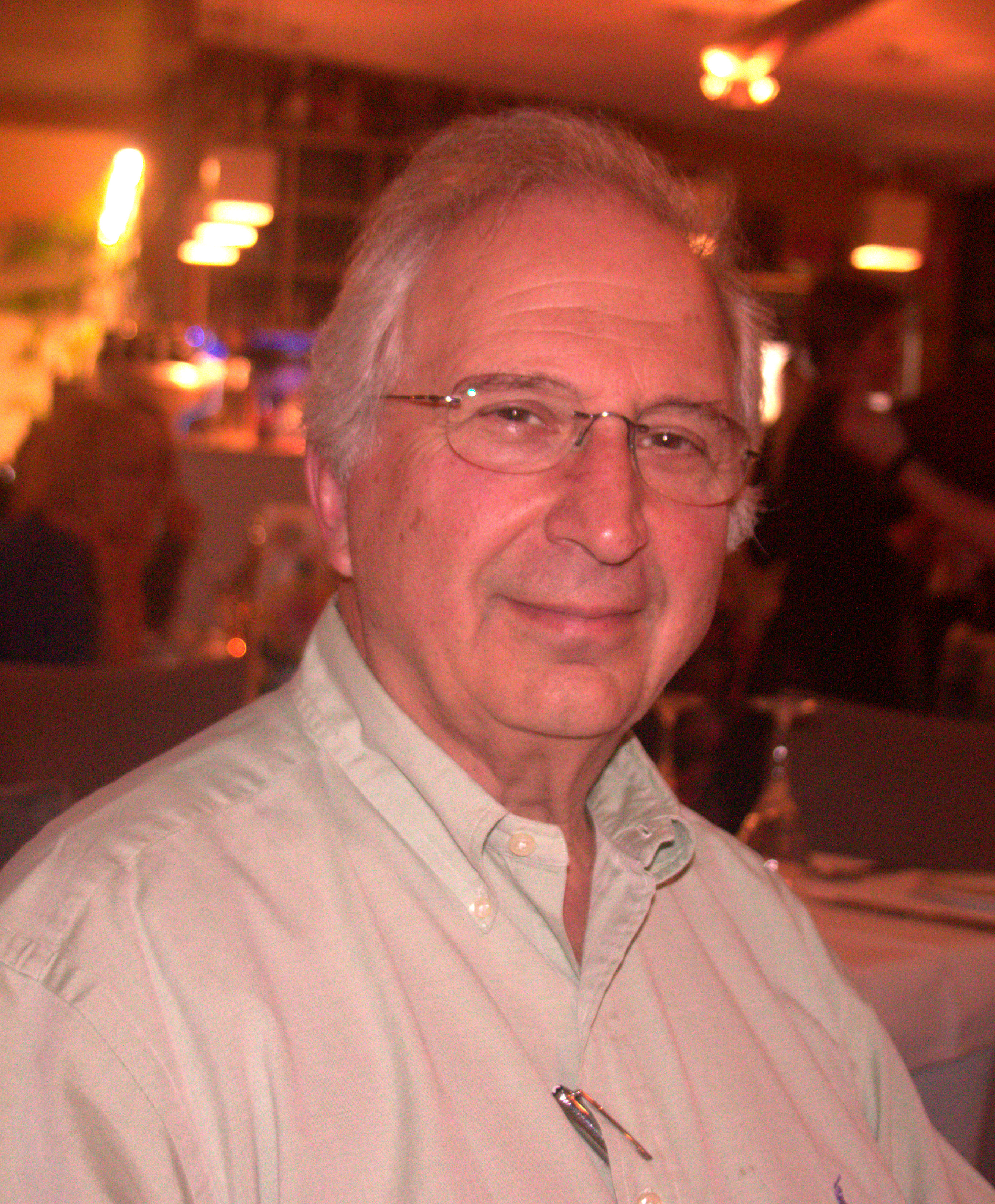Events Calendar
Abstract: RBE of ions is varying essentially in treatment volume that is leading to RBE weighted dose (RBED) concept in treatment planning and require RBE verification along with traditional absorbed dose quality assurance to guarantee accurate treatment. The Microdosimetric Kinetic Model (MKM) is one of the model for RBE prediction which is mostly used for treatment planning in HIT [1].
Conventional proton therapy planning assumes a constant RBE of 1.1, while biologically optimized robust planning is a paradigm shift taking into account variable RBE of protons due to proton LET variation in a treatment volume [2].
While absorbed dose is routinely measured with ionisation chamber, microdosimetric quantity such as dose averaged lineal energy (ȳD) and dose averaged linear energy transfer (LETd) need to be measured with high spatial resolution for RBE derivation based on applied model followed by comparison with predicted by TPS in HIT and proton therapy.
The Centre for Medical Radiation Physics (CMRP), University of Wollongong, developed a portable solid state microdosimeter called MicroPlus for verification of ȳD and LETD for routine clinical use in ion and proton therapy with passive and pencil beam scanning (PBS) treatment delivery.
The physical doses and microdosimetric spectra of the planned fields delivered with helium, carbon, oxygen, and neon ion beams were measured at different depths in PMMA phantoms. The biological effects, such as cell survival fraction (SF), RBE, and RBED at different depths along the fields were predicted from the measurements with MicroPlus for treatment plans and were in good agreement with TPS [3]. Application of MicroPlus for TPS verification in multi-ion therapy has been demonstrated recently.
In proton therapy, MicroPlus was tested in an anthropomorphic head phantom to verify the LETD calculated by the RaySearch TPS for brain, nasal and head and neck tumors treated with PBS and demonstrated agreement within 5% [4].
MicroPlus provides opportunity for new domain of QA for routine clinical use in particle therapy.
References:
[1] Y.Kase et al.,Radiat.Res.,166:629-38, 2006
[2] J.Unkelbach et.al.,Semin. Rad.Oncol.,, 28:88-96, 2018
[3] S.H.Lee et al., Phys.Med.Biol., 66:045017, 2021
[4] D.Wagenaar et al.,Phys.Med.Biol., 65:025006, 2020

About the speaker: Anatoly Rosenfeld obtained MSc (with distinction) from Leningrad Polytechnic Institute, Russia and PhD from Kiev Institute for Nuclear Research, Ukraine. He is Distinguished Professor and Director of Centre for Medical Radiation Physics at University of Wollongong to which he was a founder in 2000.
Anatoly’s major scientific interest is in a field of semiconductor radiation detectors for medical dosimetry in radiation therapy, including particle therapy and space radiation. He has published more than 400 peer review papers (>10000 citations , h-index 51, GS) and hold 18 granted patents on radiation detectors and actively involved with his team in their commercialization including licencing of his inventions Silicon On Insulator ( SOI) detectors for microdosimetery (SINTEF, Norway) and MOSkin dosimetry system (Electrogenics Laboratories Ltd) , as an example.
Anatoly is an immediate past Chair of International Solid State Dosimetry Organization, Member of ICRU Committee for Microdosimetry Report preparation, Member of Space Medicine and Life Sciences Advisory Group of Australian Space Agency and Member of National Particle Treatment and Research Centre (NPTRC) Steering Committee in Australia.
